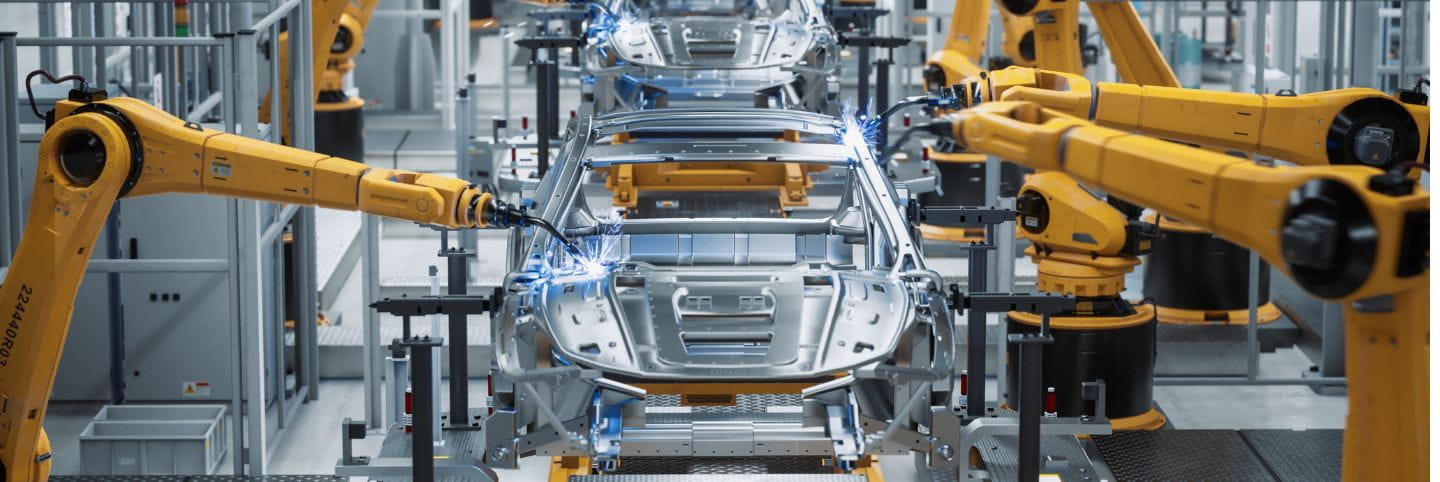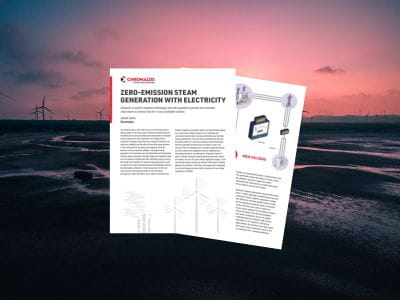A Certified Solution
An American electric vehicle and clean energy company working on an innovative production process required a heating solution, in keeping with its “green ethos”, for high temperature heat transfer fluid to circulate through critical production tools. The heating solution needed to fit within an existing building with space constraints, meet the US state and local equipment code requirements and due to their strict testing schedule, was required within a short timeframe.
As experts in advanced thermal technologies for the world’s toughest industrial heating applications, Chromalox was well placed to develop a heating solution to meet these requirements.
The Solution
Following technical advice from Chromalox’s engineers, the customer selected one of Chromalox’s packaged solutions. The MOS (Mid-sized oil system) heat transfer system selected provides a pre-engineered electric hot oil circulation heater with required ancillary products mounted on a skid base. This was further customized with the addition of pre-designed ship loose isolation valves and pump strainers to deliver an optimal solution for the customer’s needs.
As electric heating solutions are considered to be “green” technologies, environmental permitting is not required, unlike with alternatives such as gas-fired heating solutions. This, along with the integrated end-to-end solution offered by Chromalox, helped to support delivery within the customer’s tight schedule.
The Result
Chromalox’s MOS system provided the customer with a “green” heat transfer solution certified to the required standards, which avoided the need for environmental permitting (which could have led to schedule delays) and met all US state and local codes facilitating the acceleration of the customer’s testing schedule to meet the project deadline. The facility where the system is installed, is on a journey towards deriving 100% of its electricity from solar panels. The move to a Chromalox MOS system means the process will become emissions free once the transfer to a complete photovoltaic renewable power supply is complete, projecting a saving of 1,063 tons of CO2 per annum.




